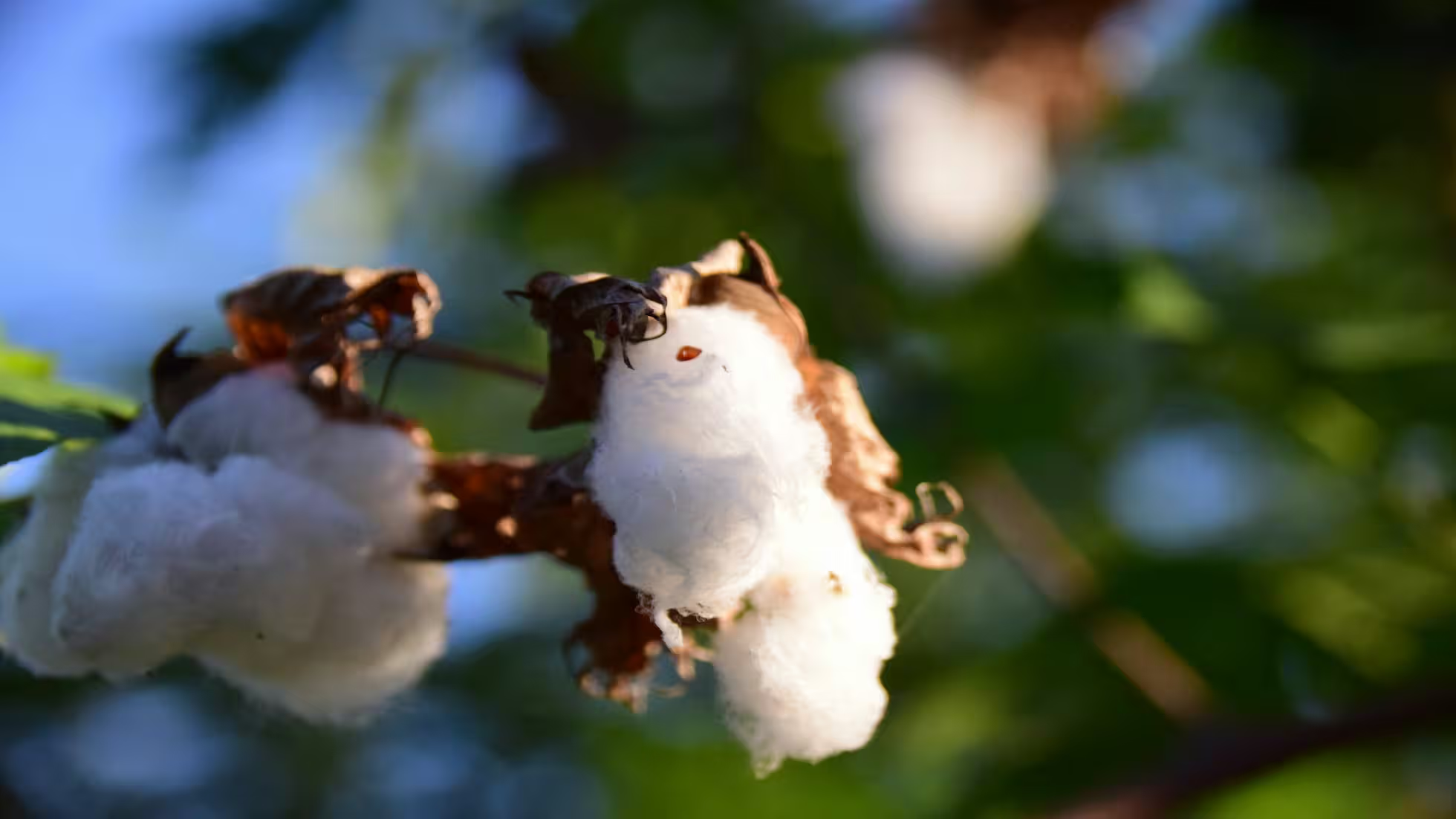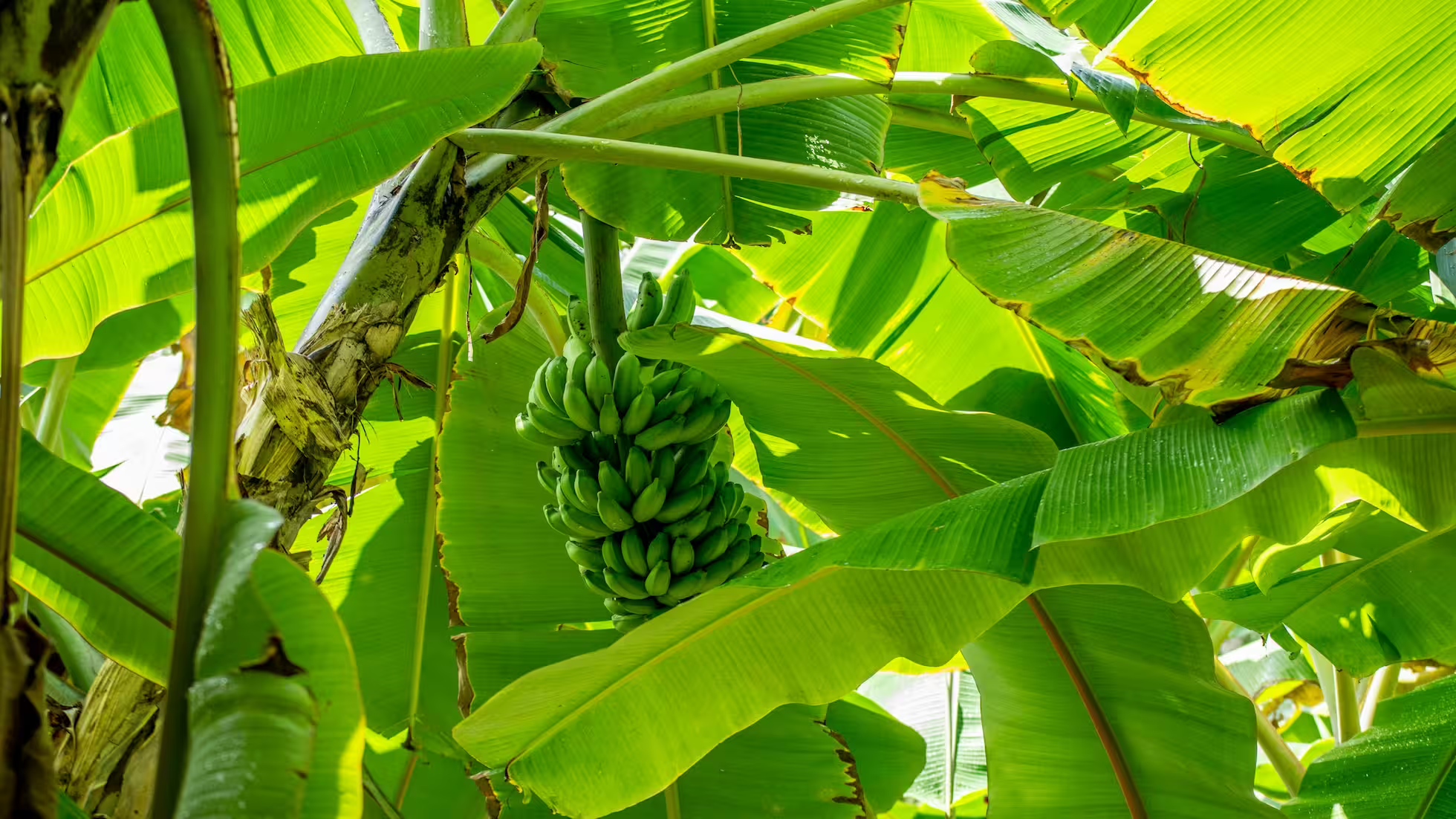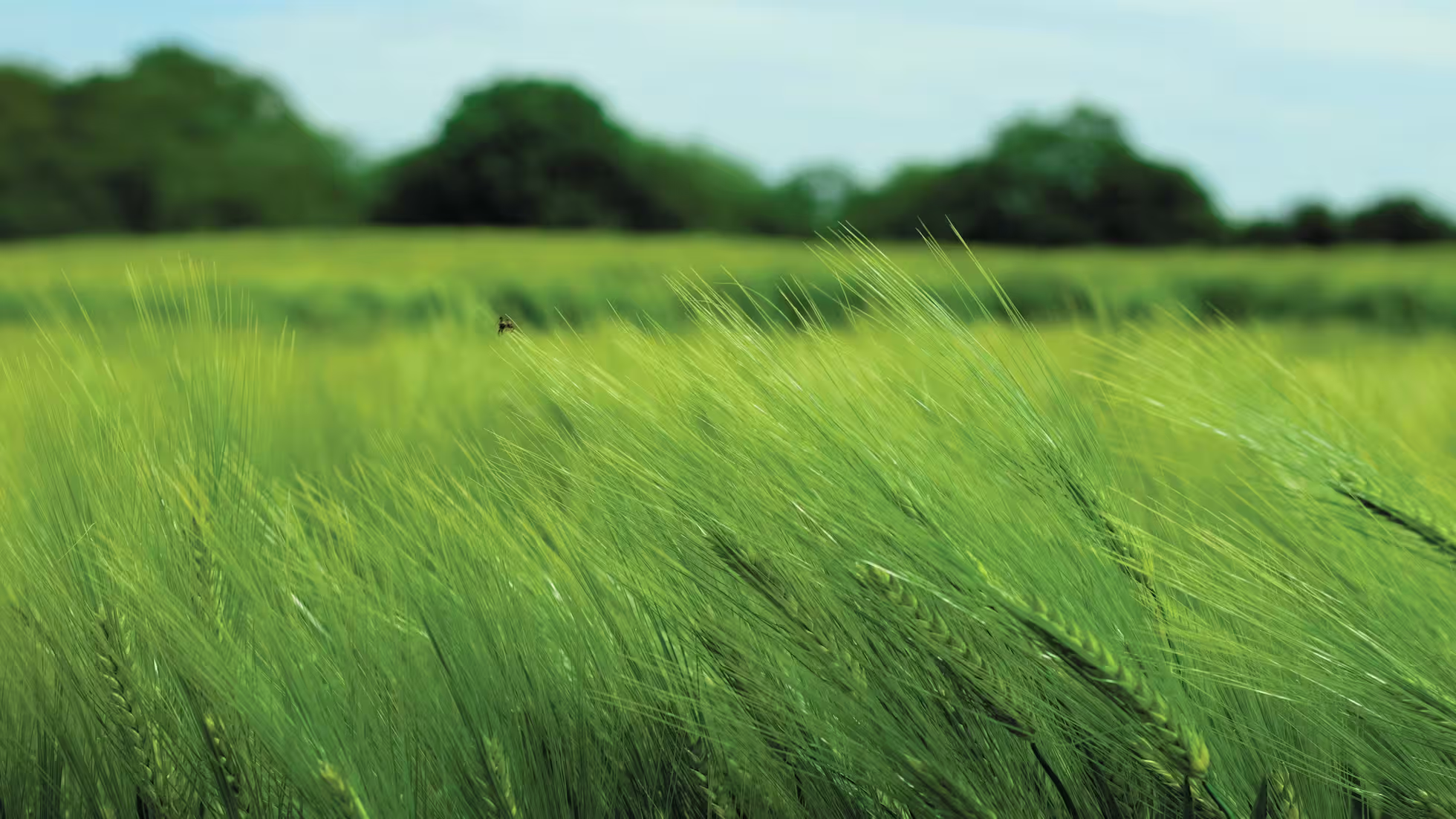Key Techniques for Cotton Production in the Late Growth Stage

I. Cotton Production in the Northwest Inland Region
The growth process of cotton in the northwest inland region in the early and middle stages has been significantly faster than in previous years, with a high proportion of early-season bolls. By late July, most cotton fields had reached full flowering, and by early August, some fields had begun to see boll openings, laying a good foundation for high yields and harvests this year. The focus in the later stage is to strengthen field management and improve harvest quality.
-
Enhance Water and Fertilizer Management in the Late Stage: Apply drip irrigation and fertilization 2-3 times in the later stage, with a fertilizer application rate of 30-40 kg per mu (0.067 hectares). Water should be stopped at an appropriate time; stopping too early or too late will affect boll development and synchronized boll opening. In northern Xinjiang and Gansu, stop irrigation in late August; in southern Xinjiang, stop irrigation from late August to early September. Maintain soil moisture at about 60% in the later stage to ensure full development and maturity of cotton seeds and fibers, increase boll weight, and prevent premature aging of cotton plants.
-
Strengthen Pest and Disease Control: Focus on controlling cotton bollworms and spider mites in the late stage, using green prevention and control technologies and alternating pesticides to prevent spot spread of spider mites and second-generation cotton bollworm damage.
-
Promote Defoliation and Ripening: Determine the timing for spraying defoliation and ripening agents based on the principle of “not waiting for the cotton to be ready but rather spraying at the right time.” Generally, when the cotton opening rate reaches 40%, spray defoliation and ripening agents on clear, windless days with temperatures above 20°C. For fields with slow boll opening, spray in northern Xinjiang from late August to early September, and in southern Xinjiang from September 10-15 to ensure a defoliation rate above 92% and an opening rate above 95% for concentrated machine harvesting.
-
Improve Harvest Quality: Before machine harvesting, clean the field of drip irrigation equipment, weeds, residual film, and other obstacles. Equip the cotton picker with firefighting facilities, and strictly prohibit smoking or open flames. Mechanized harvesting should be carried out after 12 noon to ensure the cotton moisture content is below 12% and the picking efficiency is not less than 93%. Avoid night harvesting, dew harvesting, and water spraying, which can severely affect cotton quality.
II. Cotton Production in the Yellow River Basin
This year, cotton in the Yellow River Basin has generally developed earlier, with a higher proportion of early-season bolls. Most cotton fields are showing boll opening, with a high boll-setting rate in the middle and lower parts of the plants, while the upper autumn bolls have a relatively low boll-setting rate. The focus in the later stage is to manage fields and harvest to prevent potential flooding, boll rot, and pest infestations.
-
Prevent Flooding: In the event of heavy rainfall leading to water accumulation in the fields, promptly pump and drain the water. After drainage, straighten the lodged cotton plants as soon as possible and arrange the rows to promote evaporation of field moisture.
-
Prevent Boll Rot: Harvest the cotton from the lower part of the plants promptly to prevent late-season rainfall from affecting cotton quality. In case of continuous overcast and rainy weather, arrange the rows to increase ventilation and light penetration in the field to prevent boll rot.
-
Control Pest Infestations: Major pests in the late stage include cotton aphids and whiteflies. Use chlorfenapyr suspension to control cotton aphids, applying it twice with an interval of 5-7 days. Use thiamethoxam or acetamiprid to control whiteflies. For large contiguous cotton fields, apply pesticides simultaneously and spray the periphery first to prevent migration.
-
Promote Ripening and Harvest: For hand-harvested cotton fields, spray ethephon solution to promote ripening when the temperature exceeds 20°C from late September to early October. Use white cotton fabric products such as cotton caps, cotton picking bags, and cotton ropes to avoid contamination with foreign fibers. After picking, directly store the cotton to reduce contamination during the drying process. If the moisture content of picked cotton exceeds 12%, it needs to be dried. For machine-harvested cotton fields, spray thidiazuron powder + ethephon solution for defoliation and ripening when temperatures exceed 20°C in late September, and harvest with cotton pickers in mid-to-late October.
III. Cotton Production in the Yangtze River Basin
In mid-to-late August, the Yangtze River Basin experienced prolonged high temperatures and drought, causing severe shedding of bolls in the middle and upper parts of the cotton plants. The focus of current field management should be on irrigation and drought resistance, boll retention and weight increase, and strengthening chemical regulation.
-
Timely Irrigation and Fertilization: For fields with surface cracking, choose irrigation methods such as furrow irrigation, sprinkler irrigation, or drip irrigation based on conditions. Avoid water flooding the raised beds during furrow irrigation. Appropriately spray foliar fertilizers like potassium dihydrogen phosphate and water-soluble fertilizers with trace elements to promote flower and boll retention, reduce shedding, enhance photosynthesis, and increase boll weight.
-
Strengthen Chemical Regulation: Aim to ensure that the cotton plants are “strong but not overgrown, and growing steadily.” For fields with obvious overgrowth, excessive shade, and high density, promptly apply mepiquat chloride for chemical regulation, increasing the number of applications and dosage as needed to improve field ventilation and light conditions, enhance boll-setting rate, and reduce boll rot.
-
Strengthen Pest and Disease Control: Major pests in the late stage include cotton aphids, cotton bollworms, and whiteflies. Cotton aphids are generally active in the early morning and evening, so the best control time is before 8:00 am and after 6:00 pm. Use abamectin or malathion, spraying from the outside inwards. Use organophosphates or carbamates in rotation to control cotton bollworms. Use bifenthrin for aerial control of whiteflies.
-
Promote Ripening and Harvest: For hand-harvested cotton fields, spray ethephon solution to promote ripening when the highest daily temperature exceeds 20°C for 3-5 consecutive days in mid-October. Ensure uniform application on both the upper and lower parts of the cotton plants. Prepare the ripening solution just before use. If it rains within 8 hours after spraying, reapply promptly. Do not pick cotton exposed to rain or dew, and do not pick with shells attached. When harvesting, use cotton caps and cloth bags for picking, storing, and transporting cotton to prevent contamination. For machine-harvested cotton fields, spray thidiazuron powder + ethephon solution for defoliation and ripening when the natural boll opening rate reaches above 40%, and harvest promptly 15-20 days later.


